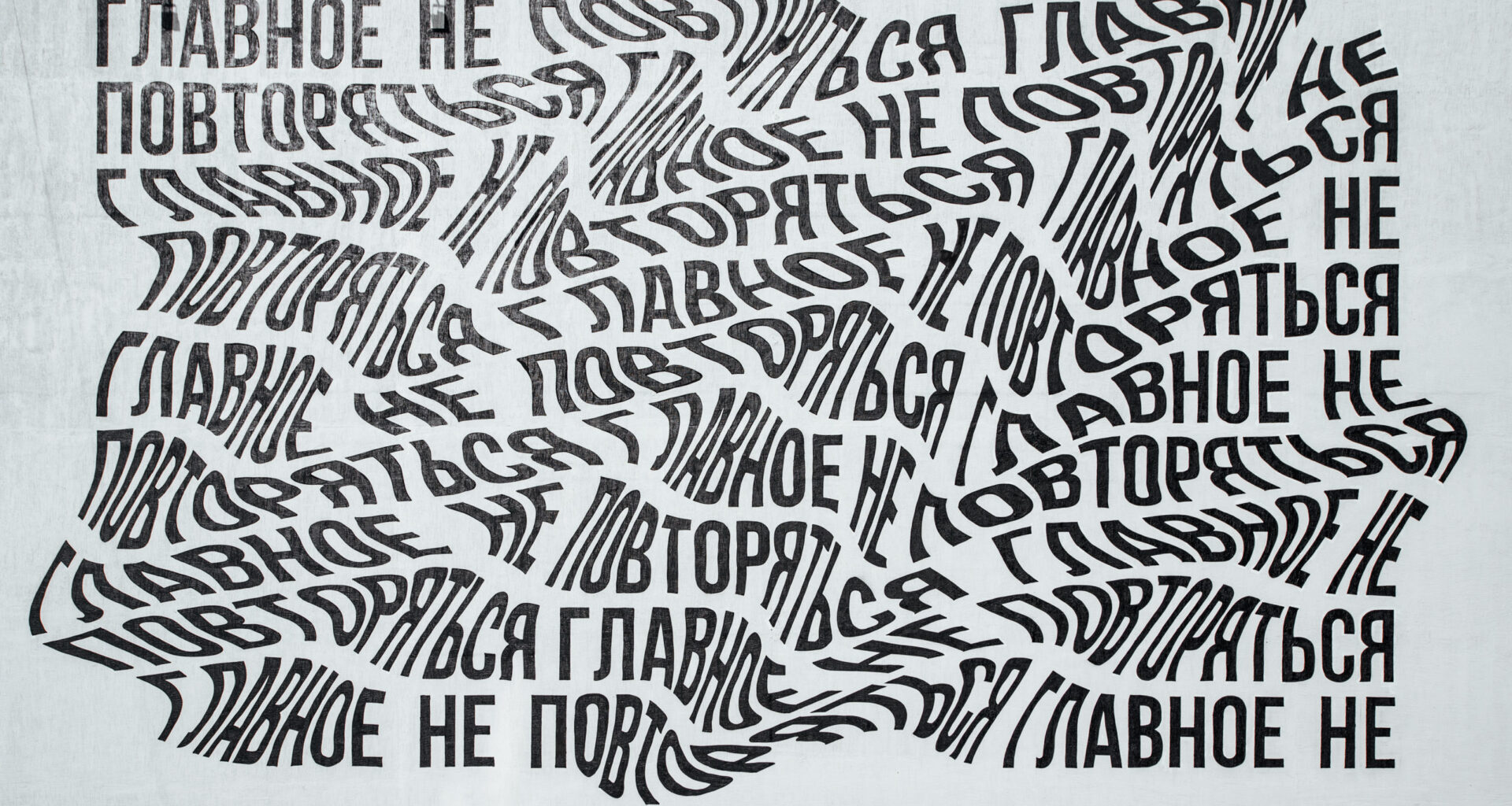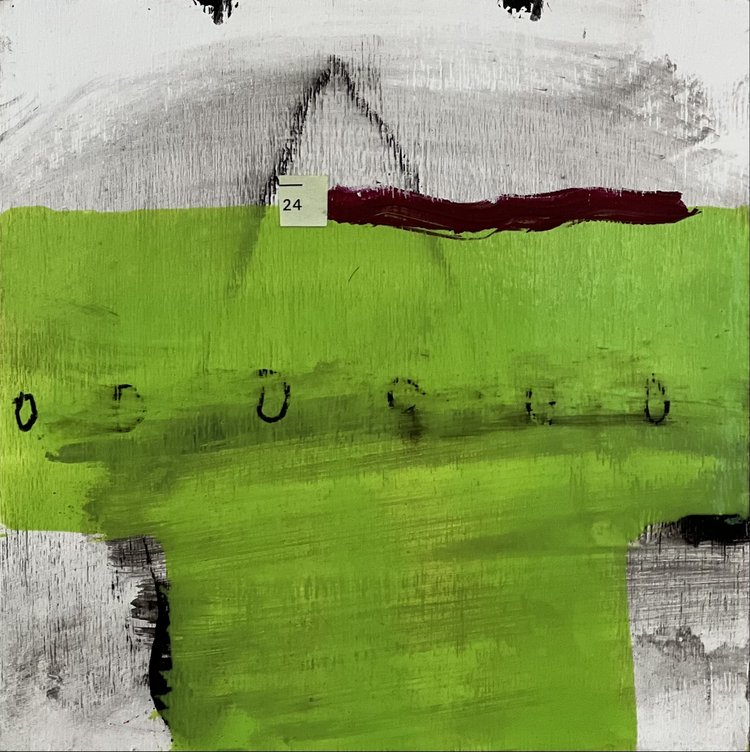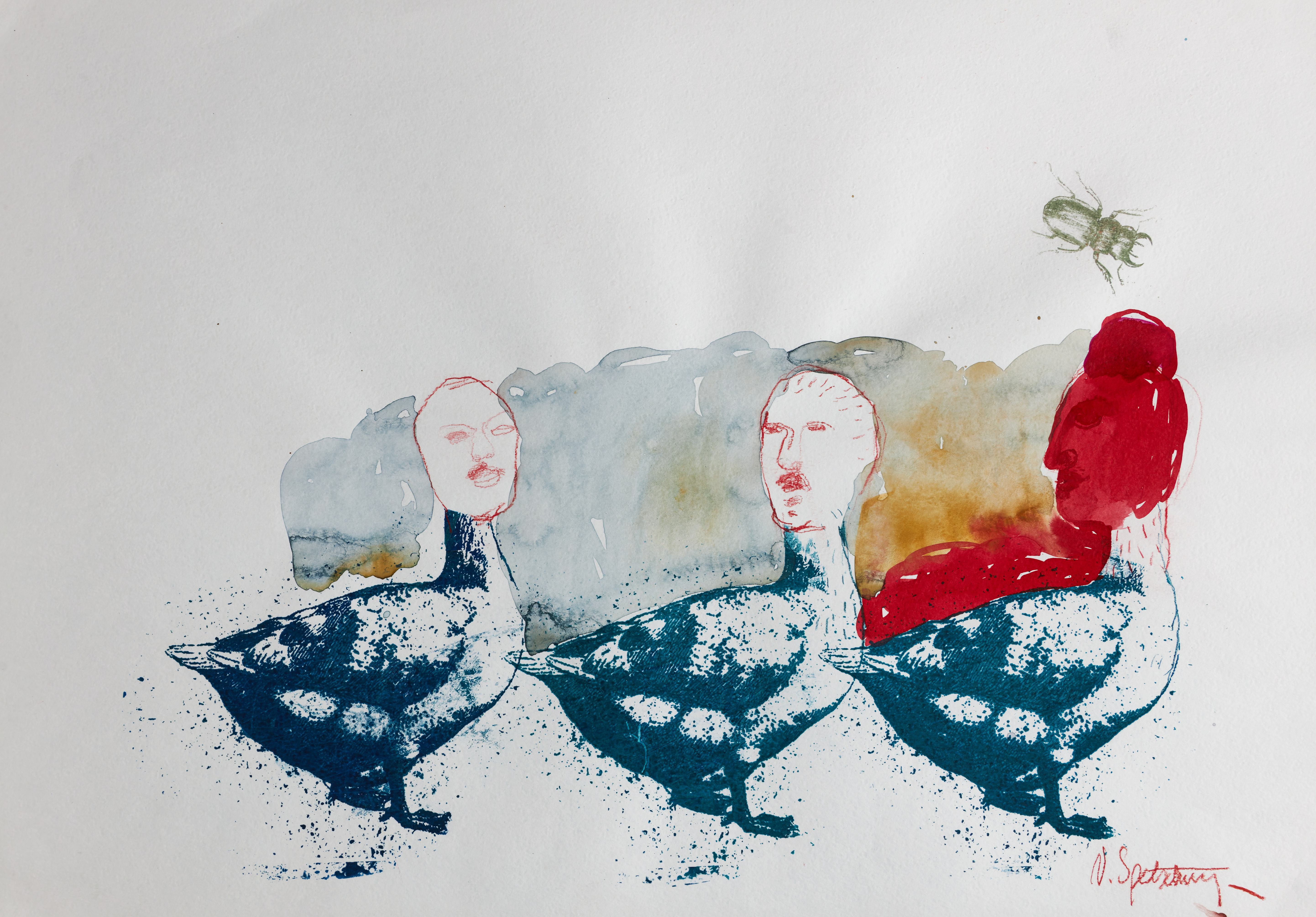Vladmir Abikh is a Russian conceptual artist who creates large-scale works embedded in the surrounding context. Vladimir shared with us his thoughts on Aesopian language and told us about the things that occupy him in his everyday life.
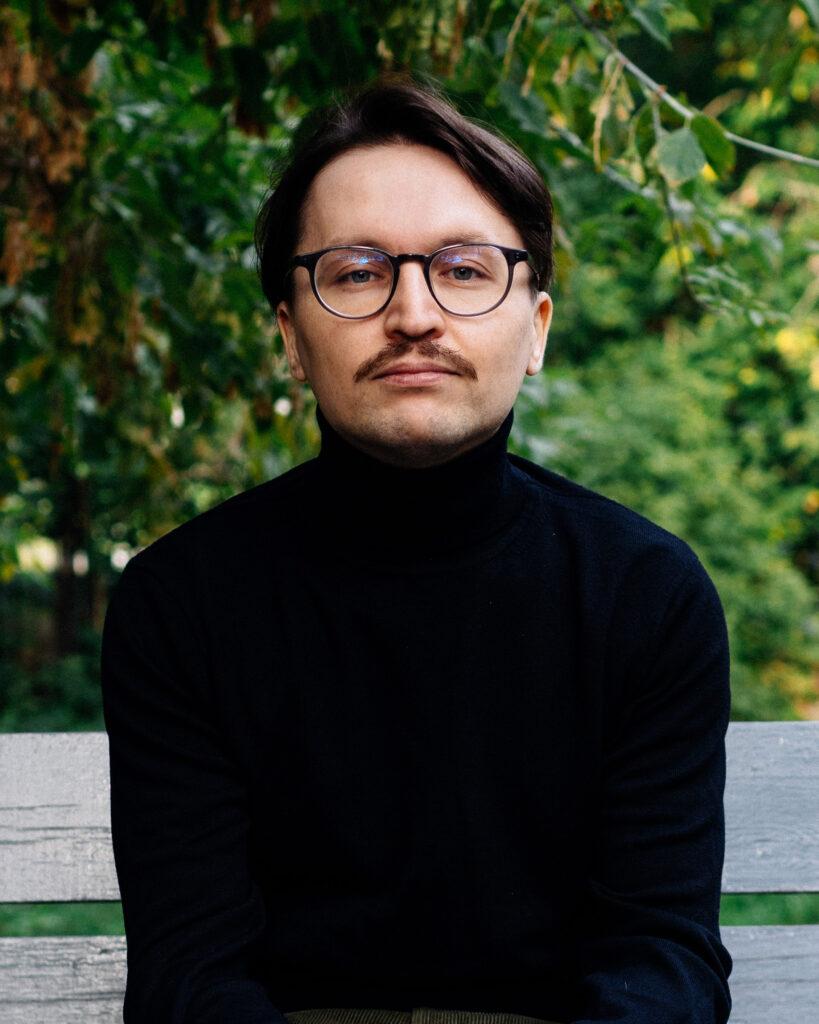
On the Internet one can find only dry facts about you: you were born in Yekaterinburg, you were interested in street art, you studied to be a feature film director, moved to St. Petersburg, studied at the PRO ARTE Foundation – and then a list of awards and prizes. It is hardly possible to understand from this where the irony and sincerity that attracts so many people came from. What is important to know about you as a person?
We are made up of a huge amount of different information that we consume over the course of our lives. This includes movies, literature, art in various manifestations, education, and, of course, other people, chance and non-random meetings. All this is accumulated in us year after year, so I think it is quite difficult to extract some separate facts from the human experience.
In general, the idea of editing the past, mystifying and writing your own biography retrospectively is very appealing to me. But I’ve never gotten to that point. Perhaps I should do it sometime and compose my own amazing mythology, so that I can answer such a question in an interesting way.
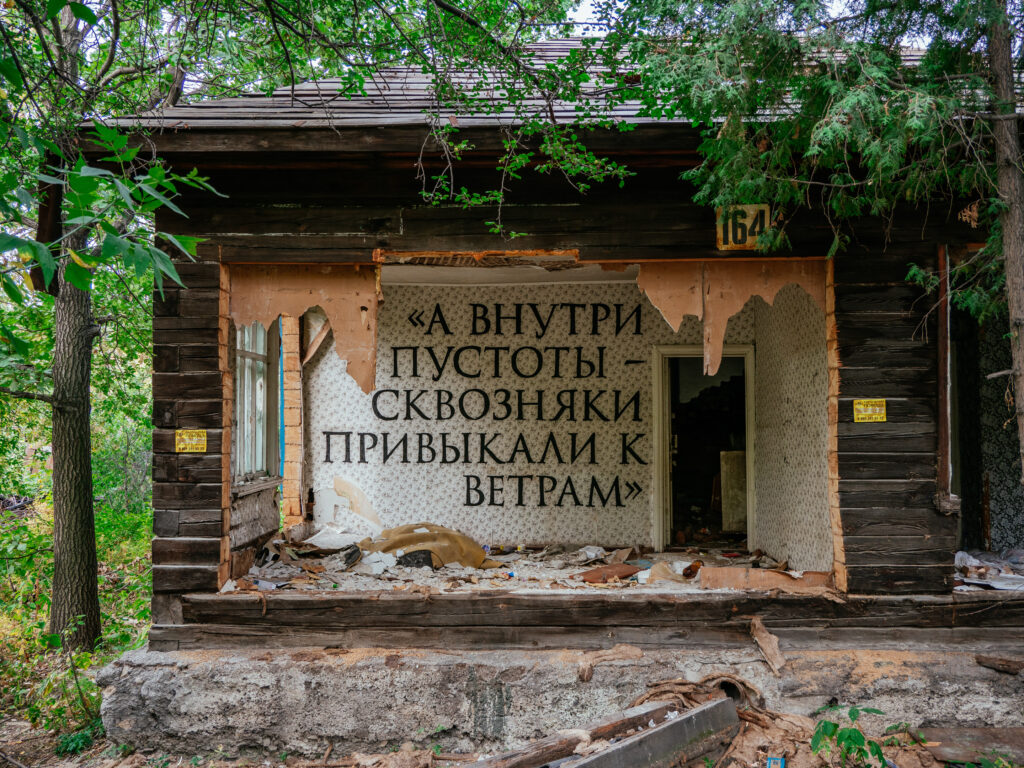
Maybe we should revisit this in the future?
If I had the choice of going back to the past or going to the future, I would certainly choose the past. Because in the past you can edit your own life, plus in the future you’ll probably feel like a technological savage. Besides, the future will come anyway. The past, on the other hand, is harder to get into – only through memories, alas.
You are a conceptual artist, so your work is often situational. Tell us more about the process of creating them: how long can it take to realize an idea?
Sometimes for years. And there are usually two forces involved in the process of creating a work – as in the school problem about the meeting point of a car and a motorcycle, which have driven out to meet each other.
On the one hand, there must be an idea or at least a clue, which later transforms into an idea.
It’s not quite clear how it all works: the idea may come quite suddenly, or it may come as a result of sleepless nights. But you already start to be influenced by the first force – the force of an idea, when you already know what it might look like, but you don’t quite know how to make it happen yet.
The other driving force is context, in the broadest sense. It can be context as a place, a situation, a problem, a time, or anything that you are totally absorbed in right now. Even personal “hang-ups” can become context. In the end, either the context gives an impulse to create a work, or the idea itself pushes you to find the context in which it will be most appropriate.
I can explain using street works as an example. Let’s say you need a library to realize your idea, but you don’t have any library-related projects planned yet. In the end you wait until something suitable comes up – and finally you get the idea out of a long list of unrealized ideas and realize the project.
This is what happened, for example, with the inscription “We are letters, text with us”: it took three years from the creation of the concept to its realization. From the very beginning, I realized that this text needed a library. Moreover, I almost realized this project three times, but the libraries I encountered seemed too unsightly. Until one day I was called to a festival in Tomsk, where I saw that very library and suggested that they realize this project.
This is an example of a situation where you have an idea and you find a context for it. But it can also be the other way around – when you find a place that has a certain poetic atmosphere, a character of its own. And then you come up with a concept that can fit perfectly into it.

So, figuratively speaking, you use two folders in your workflow – with ideas and with places?
Yes, in fact, that’s the way it is. In reality, I have a folder with photos of different places on my computer, and on my desktop I have a bunch of scattered notes with ideas.
Often for me the context can be a residency or an exhibition on a particular theme. In such a situation, the context is the theme of the exhibition itself, and you either come up with something new for it, or you select and transform ideas from what has already been thought up before. This is how it happens, through the synergy of these two forces.
How has the perception of art changed in recent years and does it affect the process of making art?
The perception of art has changed in recent years, both new works and old works are starting to be looked at differently, through the context of the current time. People are starting to look for subtext in works that was not put into them. And what once seemed harmless can become inadmissible. I think today all artists have more filters that an idea goes through before being realized or published. That’s why some artists have left, many have become less active, and some have started to use Aesopian language.
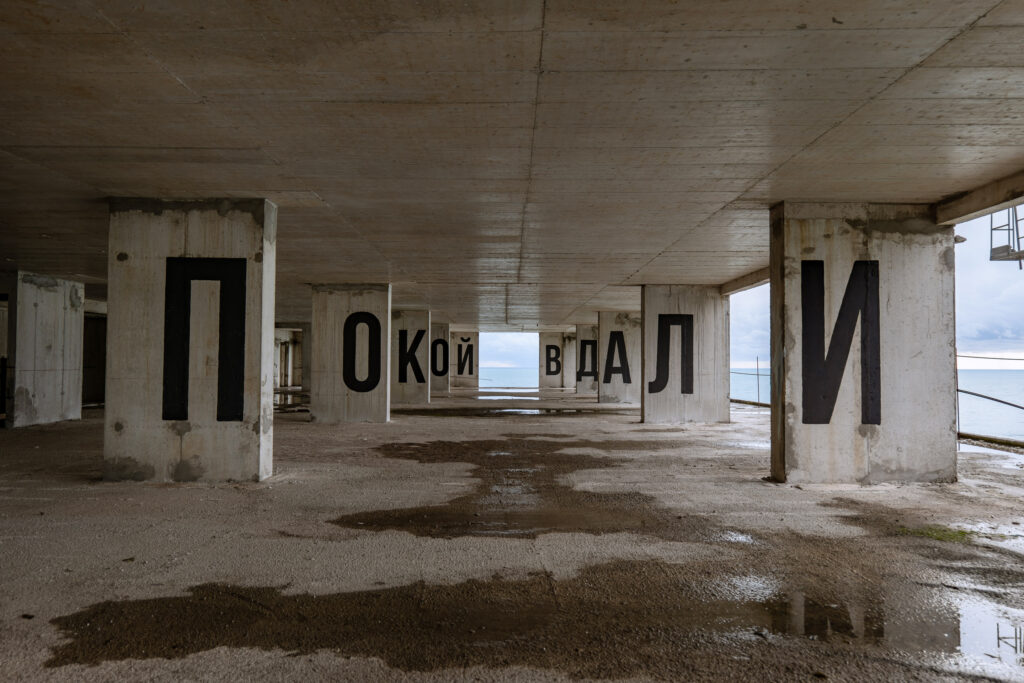
Is Aesopian language pressing?
On the one hand, Aesopian language is very close to the allegorical language of art itself. Art that one understands completely the first time one looks at it superficially. The allegorical is an inherent property of art; it is good when there is something hidden, understated in art. It’s like finding someone close to you, with whom you don’t have to talk about every little detail, everything is clear from half a word. But it is one thing when such language is used for poetic purposes, and another thing when it is used involuntarily. Then it can become a limitation. If too much pressure is applied, art can become less competitive, and artists can be locked into one allowed genre, as was the case with Socialist Realism in the Soviet Union, while the West was creating an infrastructure and a global art market.
At some point your work started to go viral on the internet. After the publication of which work did you feel for the first time that they became truly recognizable?
I don’t think there was such a moment. First of all, the popularity of an artist is not comparable to that of some rapper or blogger. Probably the first popular work was “The Best Years”, we can also call it “We are letters, text with us”, banners with ironic slogans “It will rise again”, “Let’s make street art great”. These works really “swirled” in social networks in their time, but I don’t feel like a celebrity.
It warms my soul more when I realize that I’ve done a good project. But such projects are usually more difficult to perceive and it’s hard for them to become popular. And virality is not difficult to achieve, but it only lasts for a couple of days. My task is more complicated and bigger – to create long-lasting works.
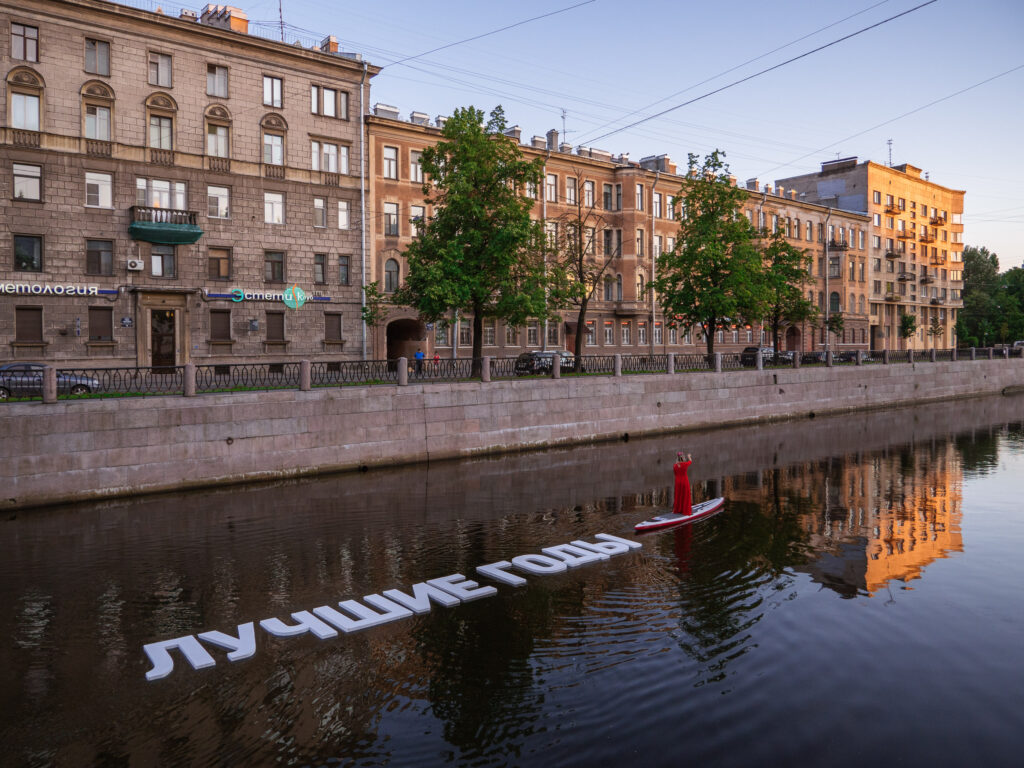
Do you feel more responsibility as your career develops?
In principle, I try to always act rationally. I have almost no impulsive works – I always take a responsible approach to what I do. For example, when I do work on the street, it is important for me not to harm the place, not to make it worse than it is. That’s why I often choose interesting abandoned locations – you won’t do worse there, and you might even do better. It was just a ruin, but it will become a landmark.
Would you ever trade Antiqua for another font class?
I’m ashamed to use a ready-made font at all, I should certainly make my own font, or some more unique typographic device.
I want the typeface to remain austere, I like the surreal effect a typographic font creates when it’s written somewhere outdoors, as if superimposed on top of reality. But to invent a new classic font is a very difficult task, and to change a font formally, just to put your copyright on it because of a different spelling of a couple of letters, is kind of strange. In general, this is still an open, unsolved task for me. I hope to get my hands on it someday.
What keeps you busy in your daily life, what keeps you afloat?
I try to focus on my work, but I’m always distracted by nonsense.
What kind of stuff?
Like social media, the news, sudden second jobs. Classic procrastination. I always wonder why I get distracted by crap when there’s so much to see and read that’s really worthwhile.
I have a folder “I haven’t watched” with movies that can lie there for several years. Sometimes you find a new and interesting movie and put it in there – and it might be there for five years before I watch it.
Also, like everyone else, I have a lot of books that I haven’t read. And at some point I thought it was hypocritical to just keep books, flipping through them but not reading them. So I don’t even unpack them now.
So they’re just sitting on a shelf, packed?
They stay wrapped. And it happens that I don’t even unpack gift books – I don’t know what the book is, but I don’t remove the gift wrapping, I like the mystery. And if a book is bought by me, it stands in cellophane until I read it. I think it’s more honest.
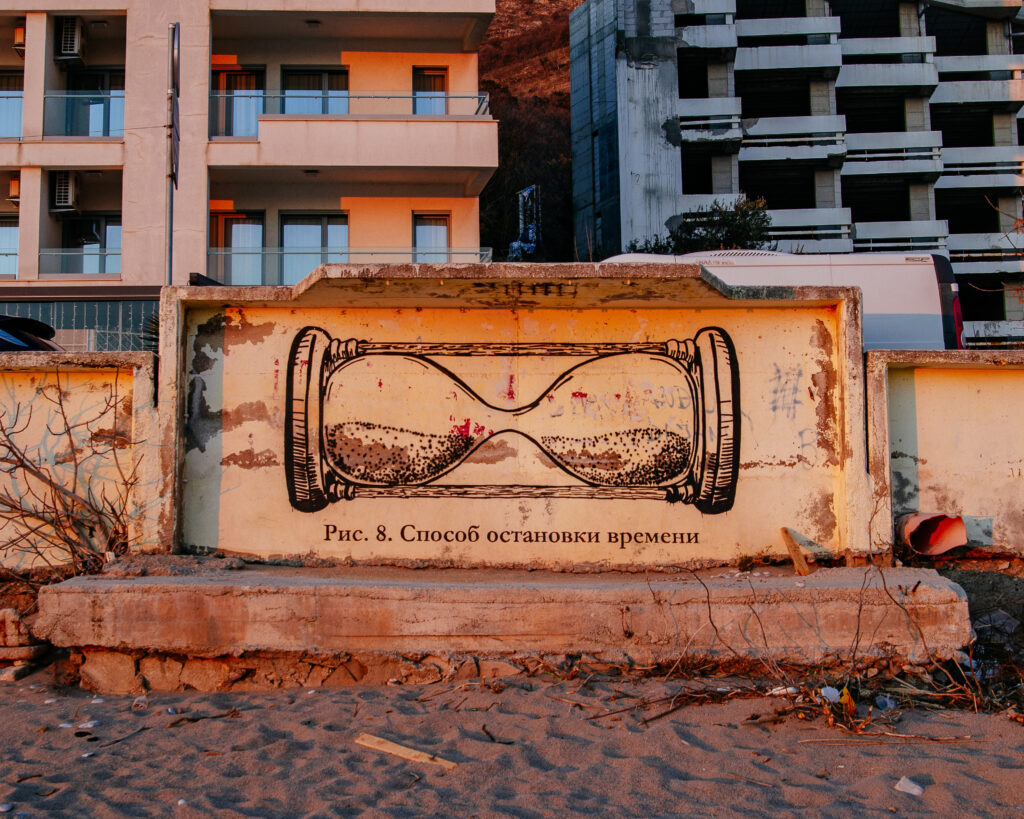
What’s not in a box?
For example, “Why You Can’t Teach Art” by James Elkins, “How the City of the Future Works” by Grigory Revzin, “Encyclopedia of Street Art in Nizhny Novgorod” by Nikita Kuznetsov, and a mysterious unpacked book in a wrapper from “Subscription Editions”. It’s all in the long-term plans.
A few books in protracted reading, such as On Time by François Julien, and The Story of God, a book about the history of monotheistic religions. And also in process is the audiobook of “Childhood. Adolescence. Youth” by Tolstoy.
Do you have any role models?
As I said before, we are made up of everything we absorb during our lives. To seriously look up to some role models is like trying to replicate someone else’s life. It’s pointless enough, I think. You want to experience your own, not repeat someone else’s.
Actually, I like John Lennon’s phrase: “Life is what happens when you don’t plan it.” When you plan too much, life is bound to topple you, thus proving that it is unpredictable. After all, if the future could be thoroughly ordered, it would be no different from the past, and thus the future would simply not exist. The true future is always unpredictable. That’s why I don’t expect much of anything. Because I believe that if you want something too much, you will never get it.
Have you always had this attitude to life or has it “built up” over the years?
I think such disappointment comes with years and experience. You shouldn’t expect anything from anyone, just all the best things happen when you don’t expect them. It doesn’t mean, of course, that you shouldn’t make plans at all, but you should rather choose directions, as when using a compass, rather than exact coordinates.
How long have you had it?
Yes. I generally like to write down my life experience, my “rules of life”.
What are the other ones that are relevant right now? Besides “expect nothing from anyone.”
Don’t fuck around and do one job at a time. That principle can be repeated endlessly, like a mantra.
I have a tendency to overthink things and not bring a project to fruition – I end up with more planned and written down than done. This year, I want to minimize the distance between the “conceive” and “do” stages.
Again, though, it’s all individual. Some people are better off really not doing at times. There are artists who, on the contrary, have 1,000,000 identical works, and you want to say to them “slow down a bit, try to do something more thoughtful”.
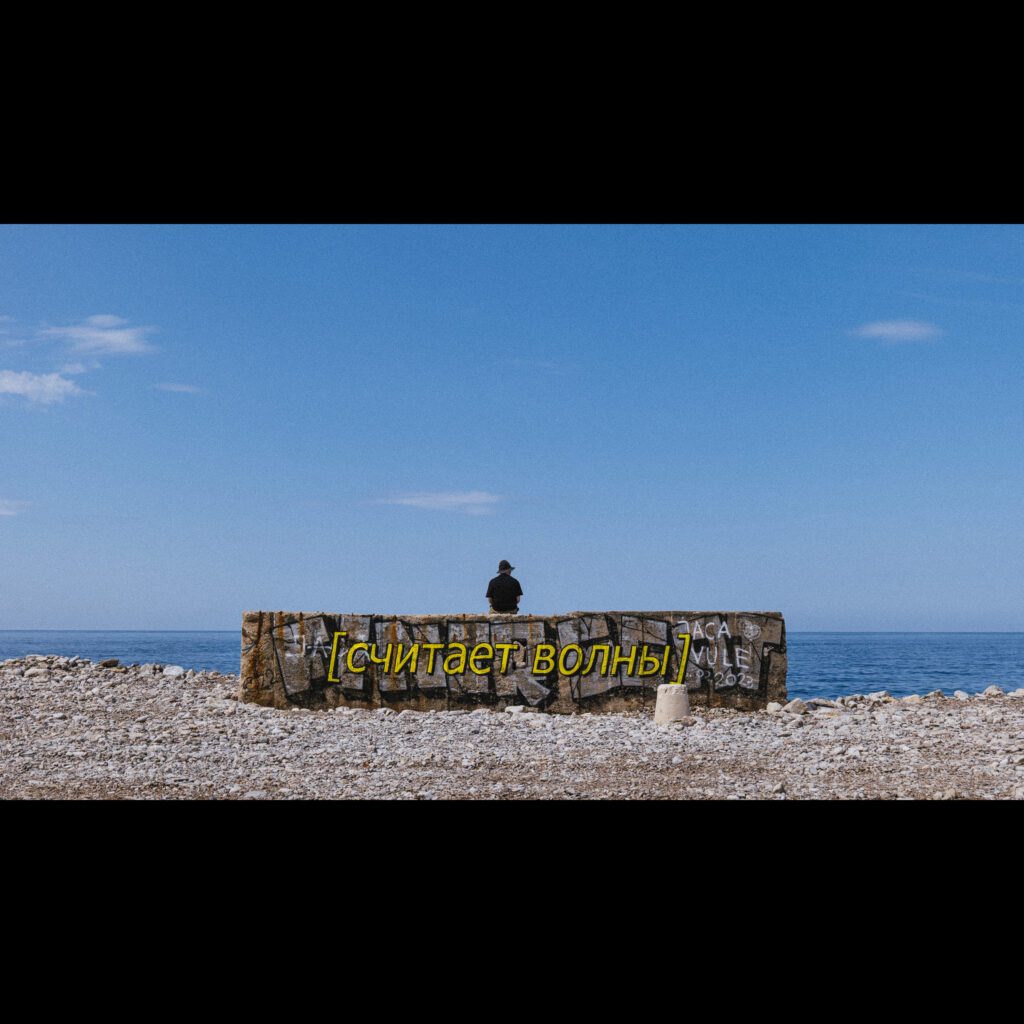
Tips and observations from Vladimir Abikh that he has come to recently:
- Do what works specifically for you.
2. Don’t do what doesn’t work.
3. Realize that we are constantly forming our own habits, an old habit differs from a new one only in the number of repetitions.
4. The older you get, the more important self-control becomes. It is important to be able to agree with yourself to work professionally both when you want to and when you don’t want to. This is a new level of responsibility, because often an artist is perceived as a rather idle character, on whom inspiration descends like a ray from the sky hitting the back of the head and he starts doing something.
5.Think less about what and how something should have been done in the past or how it will need to be done in the future, and focus on what needs to be done now. A more appropriate time is likely not going to come along.


